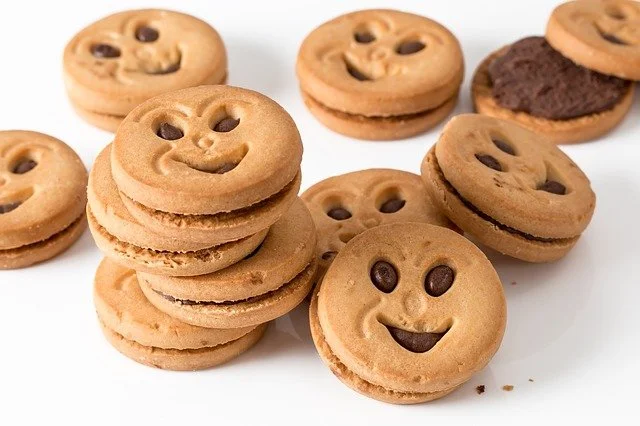CORBOHYDRATES
A sugar is a biomolecule comprising of carbon (C), hydrogen (H) and oxygen (O) atoms, typically with a hydrogen–oxygen particle proportion of 2:1 and along these lines with the exact formula Cm(H2O)n (where m could possibly be not the same as n). Starches, otherwise called saccharides or carbs, give energy to the body. Carbs, are sugar particles. Alongside proteins and fats, starches are one of three primary supplements found in food sources and beverages.
OCCURANCE
Starches
are presumably the most plentiful and broad natural substances in nature, and
they are fundamental constituents of every single living thing. Carbs are made
by green plants from carbon dioxide and water during the interaction of
photosynthesis. Carbs fill in as fuel sources and as fundamental primary
segments in life forms; likewise, part of the design of nucleic acids, which
contain hereditary data, comprises of starch. Regular food sources with
starches incorporate
1. Grains, like bread,
noodles, pasta, wafers, cereals, and rice.
2. Organic products, like
apples, bananas, berries, mangoes, melons, and oranges Dairy items, like milk
and yogurt.
3. Vegetables, including
dried beans, lentils, and peas.
4. Snack food sources and
desserts, like cakes, cokies, sweets, and different pastries.
5. Juices, standard soft
drinks, organic product drinks, sports beverages, and caffeinated drinks that
contain sugar.
6. Sugar vegetables, like
potatoes, corn, and peas.
TYPES OF
CORBOHYDRATES
Starches are arranged by their level of
polymerisation as follows:
·
Straightforward sugars like monosaccharides and disaccharides.
·
Longer chains of sugars called oligosaccharides.
·
Polysaccharides, which incorporates starch and non-starch
polysaccharides.
There are three primary sorts of carbohydrates
Sugars
They
are likewise called basic carbs in light of the fact that they are in the most
essential structure. They likewise incorporate the sorts of sugar that are
discovered normally in organic products, vegetables, and milk.
Starches
They
are complex carbs, which are made of bunches of basic sugars hung together.
Your body needs to separate starches into sugars to utilize them for energy.
Starches incorporate bread, oat, and pasta.
Fiber
It
is likewise complex carb. Your body can't separate most strands, so eating food
varieties with fibre can help you feel full and make you less inclined to
gorge. Diets high in fibre have other medical advantages. They may help avoid
stomach or intestinal issues, like stoppage.
Monosaccharides
Monosaccharides are single units of sugar. Examples
include:
·
Glucose, the body's primary
wellspring of energy.
·
Galactose, which is most promptly
accessible in milk and dairy items.
·
Fructose, which generally present
in foods grown from the ground.
Disaccharides
Disaccharides
are two sugar molecules combined. Examples include:
·
Lactose, found in milk, which is
comprised of glucose and galactose.
·
Sucrose, or table sugar, which
is comprised of glucose and fructose.
Polysaccharides
Polysaccharides
are chains of numerous sugars. They can comprise of hundreds or thousands of
monosaccharides. Polysaccharides go about as food stores for plants and creatures.
Examples include:
·
Glycogen, which stores energy in
the liver and muscles.
·
Starches, which are bountiful in
potatoes, rice, and wheat.
·
Cellulose, one of the primary
underlying segments of plant.
IMPORTANCE
OF CORBOHYDRATES
Carbs
are a significant wellspring of energy, conforming to 40% to 80% of our
complete energy source. A few wellbeing associations suggest carbs should frame
the primary wellspring of energy over other nutritional categories for the
accompanying reasons:
·
Sugars give effectively accessible energy to oxidative digestion
and energy creation.
·
Starches help keep a sound glucose level.
·
Fiber is valuable in keeping up ordinary and sound
gastrointestinal capacity.
·
In contrast to fat and protein, a high starch admission isn't
connected to antagonistic wellbeing impacts, giving the carbs are inferred
structure an assortment of sources.
·
Contrasted and diets wealthy in fat and protein, abstains from
food wealthy in sugars lessen the danger of corpulence and its related
conditions.














0 Comments
Thanks for visiting blog. if you have any query please let me know.